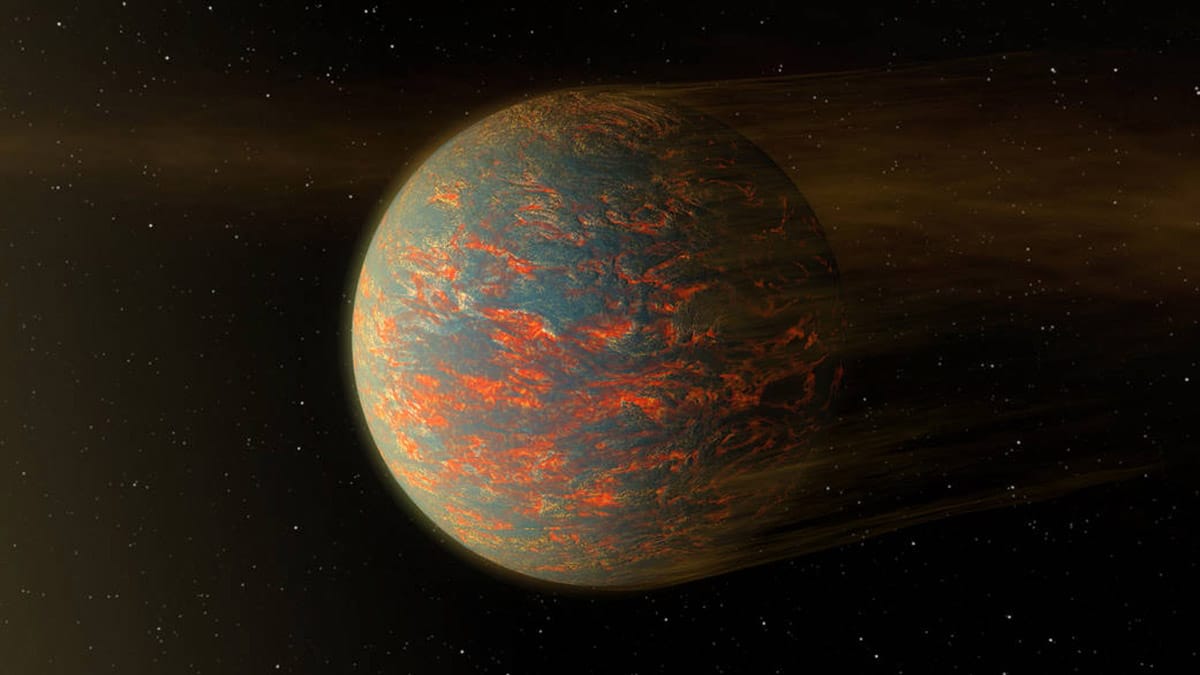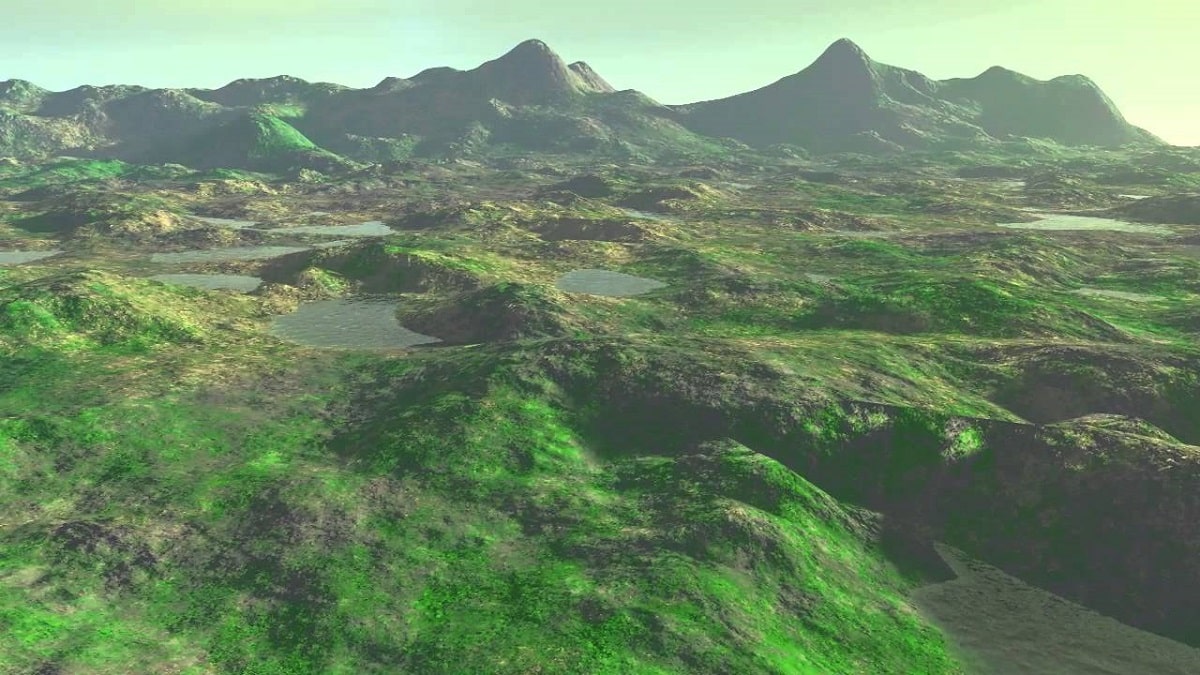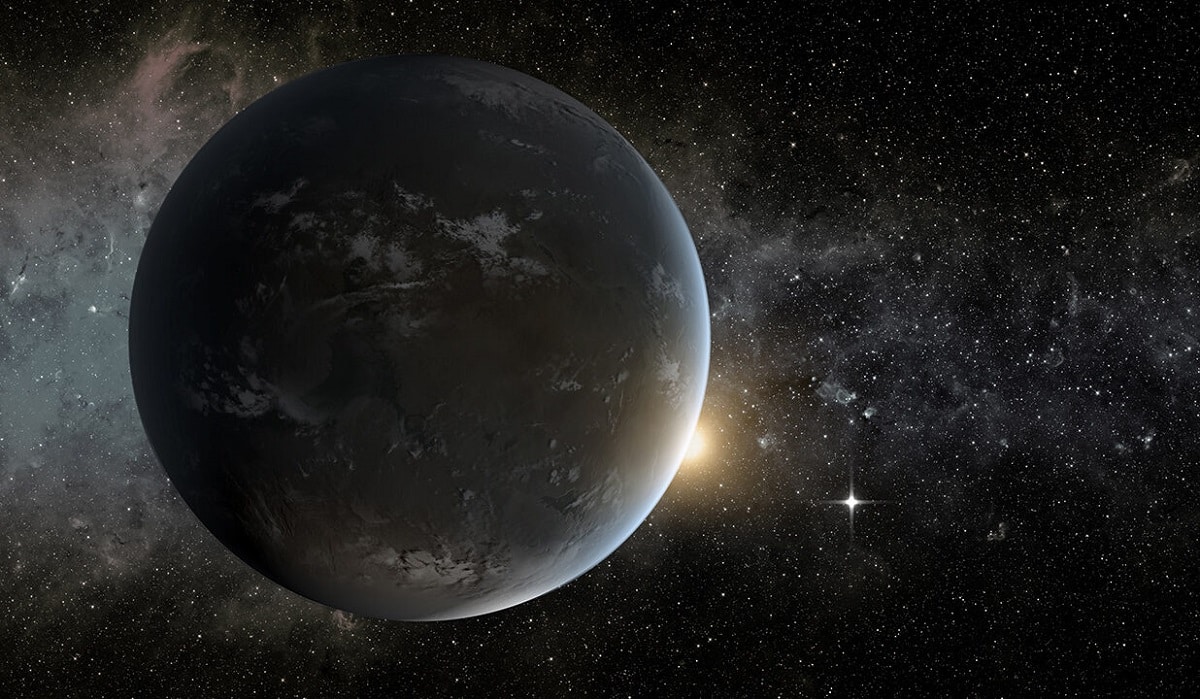
Since the universe began to be studied, the human being has been looking for a planet that resembles ours. Not only characteristics, but in the position with respect to its star so that it can be in a habitable zone. To this day, the exoplanet kepler 442b it is the only one that has the necessary characteristics to be able to host life as we know it on Earth.
In this article we are going to tell you what are the characteristics that make the exoplanet Kepler 442b unique and how important it is to us.
kepler 442b

None of the Earth-like exoplanets known to be potentially habitable have the right conditions to support life as we know it here on Earth. It has a rich biosphere of plants, microorganisms and animals. Only one, Kepler 442b, it is close to receiving the stellar radiation necessary to sustain a large biosphere.
Exoplanets are planets that orbit a star other than our sun and therefore are not part of our solar system.
The research, published in the Monthly Notices of the Royal Astronomical Society, assessed the fundamental conditions for oxygen-based photosynthesis. The survey covers ten Earth-like exoplanets of known mass that orbit within the so-called habitable zone around their stars.
The habitable zone is the region around a star where the temperature is suitable enough for liquid water to exist. An important prerequisite for the existence of life as we know it on Earth. However, research by astronomers at the University of Naples in Italy he has discovered that simply being in the habitable zone is not enough.
Photosynthesis is required, which would allow for a complex biosphere like that found on Earth. And for the important process of converting light into organic matter for plants and some microbes to take place, a certain amount of sunlight is needed. In addition to producing oxygen as a byproduct. Not all stars can do this. Photosynthesis makes the difference between exoplanets and Earth.
In our own galaxy, the number of confirmed planets amounts to thousands. However, the study notes that terrestrial planets and planets in the habitable zone are rare.
rocky exoplanets

Currently, there are only a handful of known rocky and potentially habitable exoplanets. Even so, the study shows that none of these exoplanets have the theoretical conditions to sustain an Earth-like biosphere through "oxygenated" photosynthesis. The mechanism that plants on Earth use to convert light and carbon dioxide into oxygen and nutrients.
Only one of these planets comes close to receiving the stellar radiation needed to support a large biosphere: Kepler 442b. A rocky exoplanet about twice the mass of Earth orbits a star moderately hot about 1.200 light-years away in the constellation Lyra.
The study was conducted on a very small sample of these planets. But astronomers know enough about the properties of stars in our galaxy to speculate that the right conditions for photosynthesis-powered life may be rare. Most of the stars in the Milky Way are known as red dwarfs. They are too cold to generate photosynthetic activity on nearby planets.
“Red dwarfs are by far the most common type of star in our galaxy. This result suggests that Earth-like conditions on other planets may be much rarer than we expected," said Professor Giovanni Covone, lead author of the study. For example, Of the 30 stars close to the Sun, 20 are considered red dwarfs.
studies on exoplanets

Studies of exoplanets have shown that stars that are hotter than our sun are also unsuitable for Earth resemblance.
Bright stars generally burn out very quickly. While they could produce enough photosynthetically active radiation (PAR) to trigger such activity on a planet with water and carbon, they would probably die out before any complex life could evolve on them.
«This study imposes strong constraints on the parameter space for complex life. Unfortunately, the 'sweet spot' for a rich terrestrial biosphere does not appear to be that wide," Covone added.
Astronomers have discovered thousands of exoplanets in the Milky Way. But they know relatively little about them. However, scientists say it seems unusual to find rocky, Earth-like planets in the habitable zone where water could exist.
Future missions, such as the James Webb Space Telescope (JWST), scheduled to launch later this year, may reveal more about distant worlds around other stars and the possibility of complex life on them.
Physical characteristics of the Kepler 442b
Kepler 442b is a super-Earth, an exoplanet with a mass and radius greater than Earth but smaller than the ice giants Uranus and Neptune. It has an equilibrium temperature of 233 K (-40 °C). Due to its radius, it is likely a rocky planet with a solid surface. The mass of this exoplanet is estimated to be 2,36 M. Assuming a rock composition similar to Earth's, Kepler 442b's surface gravity would be 30% stronger than Earth's.
The star it orbits has a mass of 0,61 M and a radius of 0,60 R. It has a temperature of 4402 K and is about 2.900 billion years old, subject to some uncertainty. By comparison, the Sun is 4600 billion years old and has a temperature of 5778 K. The star is somewhat metal poor with a metallicity (Fe/H) of −0,37 and 43% of solar energy. Its luminosity is 12% of that of the sun.
The apparent magnitude of the star, or how bright it appears from Earth's perspective, is 14,76. Therefore, it is too dark to be seen with the naked eye.
I hope that with this information you can learn more about the exoplanet Kepler 442b and its characteristics.